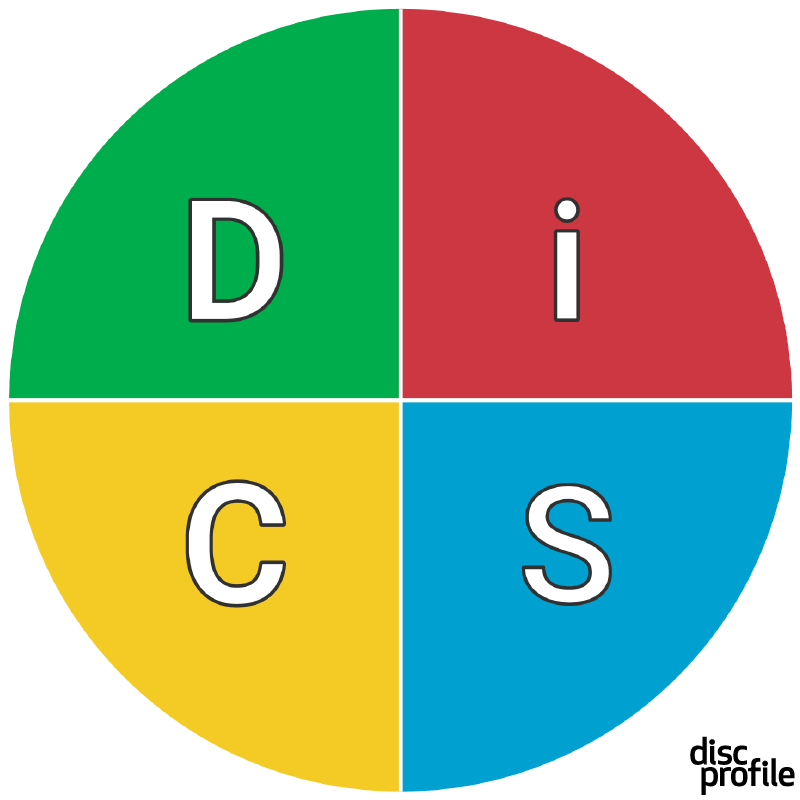If you’re the lucky one in your MSP who’s suddenly been handed the “marketing hat,” you’re not alone. It’s common in small to mid-sized MSPs for team members to juggle multiple roles—learning each one on the fly.
If that’s you, and you feel a bit like a fish out of water with this whole marketing thing, don’t stress. You just need a solid starting point. Email is a great place to begin because it often gives you the most bang for your buck.
But before you start writing, let’s talk about your message.
Why “What You Offer” Isn’t Enough
It’s tempting to lead with the basics:
“We provide 24/7 support, data backups, and cybersecurity solutions.”
Seems logical, right? That’s your wheelhouse. But here’s the problem—it’s what everyone says. And those types of emails? They get deleted without a second glance.
The truth is, we’re all wired to care most about our own problems. Imagine being on a first date where the other person only talks about themselves. No questions about you. No interest in your life. You’d tune out pretty fast, right?
Marketing is no different. Your audience wants to feel seen. As CharTec founder Alex Rogers often says, “People bond with each other over their problems.”
When you catch yourself writing in “me mode,” flip the script. Speak to your audience’s pain points instead of your own features.
Enter PAS: Your Go-To Email Framework
Sound complicated? It’s not. You don’t need a marketing degree or a background in psychology. You just need a proven formula—like PAS.
“Starting an email using the PAS method is key to keeping the reader’s curiosity alive. Everyone has a problem... they just need to be reminded of it at the right moment. That’s what drives them to take action.”
— Brandi Rogers, Premium Marketing Director
Let’s break it down.
What Is PAS?
At CharTec, we often use PAS (Problem-Alternatives-Solution) in sales conversations. If you’ve attended Academy or Sales Lab, you’re familiar with guiding a prospect from their pain to your solution.
In copywriting, PAS is slightly different—but just as powerful:
-
Problem
-
Agitate
-
Solution
It’s a structure that helps you focus your email around your prospect’s struggles—not your services. You’re showing empathy and offering a way forward, not just listing features.
Here’s how it works:
🔹 Problem
Start by identifying a challenge your reader is facing. Show them you get it. For example:
“Struggling to make sense of your cyber insurance applications?”
You can also tell a quick story or pose a question. Think of your ideal client and write like you’re speaking directly to them.
🔹 Agitate
Now stir the pot. Connect the problem to deeper frustrations or risks. What happens if they ignore it?
“Letting this slide could cost you more than just time—it could mean major security gaps, denied claims, or even lost clients.”
You don’t need to “kill the alternatives” like in QBS, unless space allows. Just spotlight the stakes enough to spark urgency.
🔹 Solution
Now offer a clear next step. Not a laundry list of services—just the next right action.
“Download our free checklist to see exactly what insurance providers look for—and how to stay ahead of their requirements.”
In short, the solution is your call-to-action (CTA). Keep it simple and forward-moving.
Why PAS Works: Empathy + Curiosity
PAS is effective because it taps into two powerful motivators:
- Empathy – You’re showing you understand your reader’s world and what they’re up against.
- Curiosity – You’re sparking a “what’s next?” mindset that keeps them reading.
This combo transforms a generic, salesy message into a human, helpful email that gets noticed—and acted on.
It also aligns with how people make decisions:
- We notice problems that affect us.
- We act when reminded of what’s at risk.
- We move forward when the next step is easy to take.
That’s why PAS shows up in everything from TED Talks to top-performing LinkedIn posts.
See PAS in Action
Here’s a quick example of the framework at work:
🔹 Problem
“Your team is wasting hours every week on slow, glitchy systems. And when something breaks, you’re stuck waiting for a fix.”
🔹 Agitate
“Meanwhile, your competition is running smoother, responding faster, and never missing a beat. Every delay costs you time—and trust.”
🔹 Solution
“That’s where we come in. We proactively manage your entire IT system—so issues are resolved before you even notice them.”
Notice how each piece leads naturally into the next. That’s the beauty of the PAS flow.
Try It Yourself: Easy Email Template
Want to give it a shot? Here’s a plug-and-play template you can customize:
Subject Line: Still dealing with [problem]?
Hi [First Name],
[Open with a relatable pain point.]
[Agitate: What’s the hidden cost or long-term risk?]
[Solution: Show how your service fixes the problem.]
[Optional CTA: “Let’s fix this before it becomes a bigger issue.” or “Want to see how this works in real life?”]
Final Thoughts
If you’re new to marketing, lean on proven frameworks like PAS. You don’t need to be a sales guru—just someone who knows how to connect.
When you lead with empathy and spark a little curiosity, your emails feel more like conversations than pitches. And that’s what builds trust.
Don’t stress about making it perfect. Just send the first one. See what lands. Tweak the next. That’s how you improve.
Want more tips like this? Stay tuned—or reach out. We love helping MSPs write emails that actually get read.
Ready to turn your emails into leads?
Join our 3-day Sales & Marketing Workshop and build a funnel that works—fast. Reserve your spot now »








